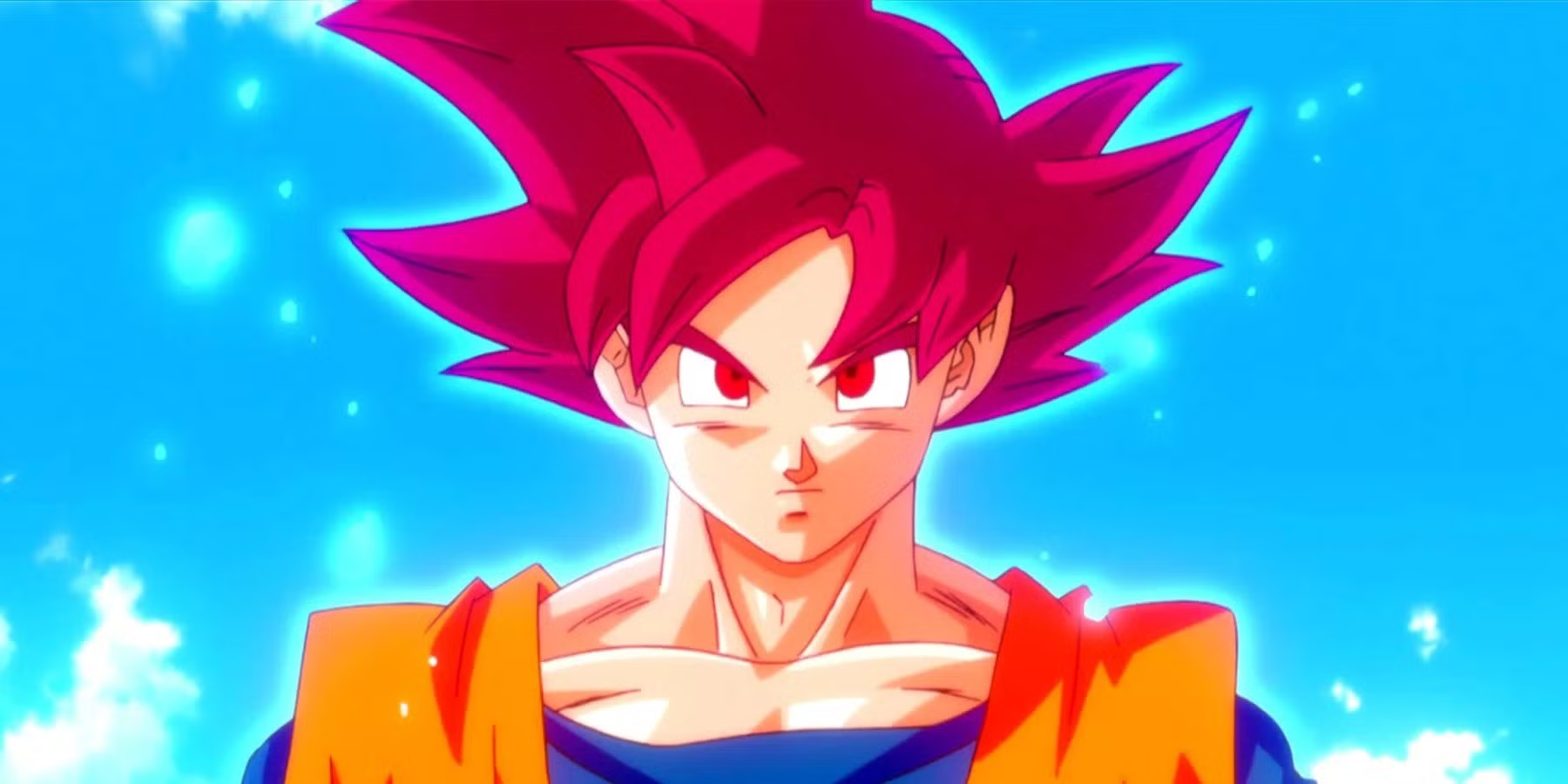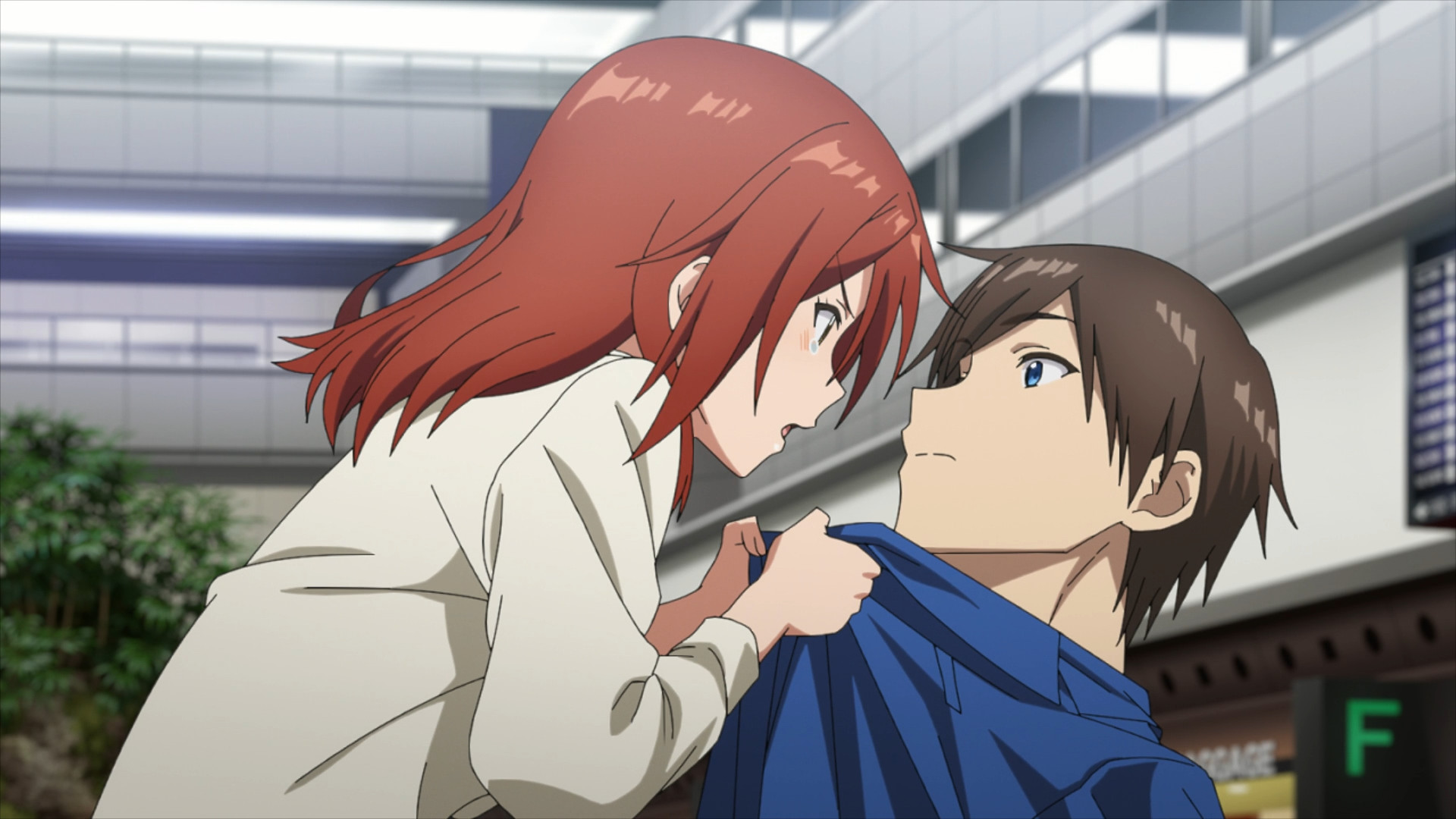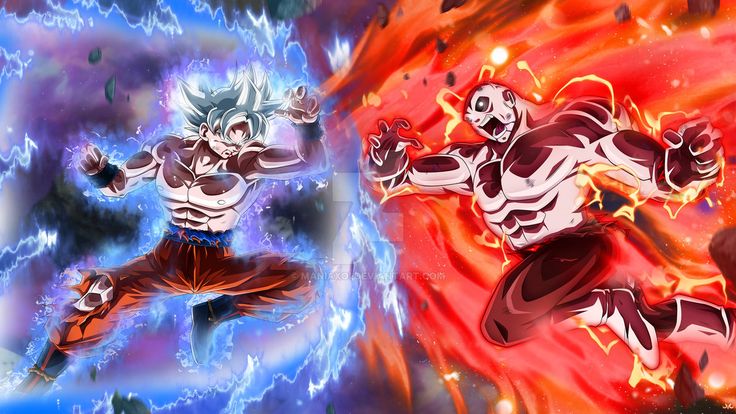Anime has become a global cultural phenomenon, with millions of fans across the globe. From fascinating storylines to stunning animation, there’s so much to love about this art form. However, despite its growing popularity, there are still a lot of misconceptions about anime. Many of these misunderstandings are voiced by people who don’t engage with anime deeply or don’t understand it as a medium. For fans, these comments can be particularly frustrating.
Whether they come from casual viewers, skeptics, or individuals with little exposure to anime, certain phrases can get under the skin of devoted fans. These comments range from oversimplified statements to outright misconceptions, often reducing a diverse and nuanced medium to a few negative stereotypes.
In this, we will highlight 16 of the most annoying things people say about anime that fans hate. If you’re an anime fan, you’ll probably find yourself nodding in agreement with these common complaints. If you’re not familiar with anime, this might just open your eyes to why these comments are so irksome. Let’s look into some of the most frustrating things people often say about anime.
1. “Anime is Just Cartoons for Adults”

One of the most common and irritating things people say about anime is that it’s simply “cartoons for adults.” While anime can certainly appeal to a mature audience, calling it a “cartoon” diminishes its depth. Anime is an entire medium with a vast variety of genres, themes, and styles that extend far beyond what Western cartoons generally offer. The term “cartoon” oversimplifies anime and reduces it to a childish stereotype, ignoring its complex storylines, beautiful animation, and emotional depth.
2. “All Anime is the Same”
This comment stems from people who may have watched just a few anime shows and assumed that every series follows the same formula. While some anime may share similar tropes, anime spans a wide range of genres, from action to romance, fantasy to horror, and everything in between. The sheer diversity of anime means there’s something for everyone, and each series offers a unique experience.
3. “Anime is Just for Kids”
Despite anime’s global appeal to all age groups, many still view it as a genre for children. However, this couldn’t be further from the truth. There are anime series with mature themes, deep psychological exploration, and dark tones that are intended for an adult audience. Titles like Attack on Titan, Death Note, and Tokyo Ghoul are perfect examples of anime that tackle complex topics and cater to an older demographic.
4. “Anime is Full of Weird Stuff”
Many outsiders to the anime world are quick to judge it based on some of the more bizarre content. It’s true that anime can sometimes be quirky or offbeat, but that’s part of its charm. Just like in any other form of media, not every anime will resonate with everyone, and different shows appeal to different tastes. Just because an anime features fantastical or unusual elements doesn’t mean it’s “weird” – it’s simply a product of creative expression.
5. “Anime Fans are Just Weirdos”
This stereotype that anime fans are “weird” or “nerdy” is one of the most frustrating misconceptions. Anime fans come from all walks of life, and they often have diverse interests. The idea that there’s something strange about enjoying anime is rooted in prejudice and ignorance. Like any other fanbase, anime lovers simply enjoy a particular form of entertainment, and that shouldn’t be seen as “weird.”
6. “Anime is All About Fighting”
While action-packed anime like Naruto and Dragon Ball Z may be the most recognizable to outsiders, this oversimplification doesn’t reflect the full range of anime genres. Anime includes heartwarming romances, deeply philosophical stories, intricate mysteries, and everything in between. It’s a broad medium that offers far more than just fighting scenes.
7. “Anime is Just About Fanservice”
Fanservice is indeed a feature of some anime series, but it’s far from the defining characteristic of the medium as a whole. The perception that anime is solely about “fanservice” (which typically refers to sexualized content aimed at fans) ignores the wide variety of stories, character development, and artistic styles that anime encompasses. Many of the most critically acclaimed anime series, such as Spirited Away and Fullmetal Alchemist: Brotherhood, focus on storytelling, world-building, and character growth, with little to no fanservice.
8. “Anime is Only for Introverts”

Another stereotype about anime fans is that they are introverted or antisocial. While there are introverts in any fandom, anime fans are a diverse group. Many fans actively engage with each other at conventions, through social media, or in fan clubs. Anime can be a communal experience, fostering social connections just as much as it can be a personal hobby.
9. “You Have to Watch Anime in Japanese”
Some people assert that to truly enjoy anime, you must watch it in its original Japanese with subtitles. While this is often the preferred method for hardcore fans who appreciate the original voice acting, it’s not a requirement. Many anime series have high-quality English dubs that are well-received by viewers. Everyone has their own preference, and that should be respected.
10. “Anime is Just for Teenagers”
This is another frustrating comment, as it assumes anime is only targeted at young people. While anime has a significant teenage fanbase, many series cater to older audiences as well. In fact, many anime series are targeted at adults, with mature themes and complex storytelling that resonate with older viewers. Anime spans all age groups, and dismissing it as “for teenagers” limits its broad appeal.
11. “Anime is Too Complicated to Understand”
Some people dismiss anime simply because they think it’s too difficult to follow. This often comes from unfamiliarity with the medium, as certain anime can be complex or require cultural context to fully appreciate. However, there are plenty of anime series that are easy to understand, even for newcomers. Series like My Neighbor Totoro and One Punch Man are accessible to almost anyone, regardless of their experience with anime.
12. “Anime is Just Japanese”
While anime originated in Japan, it has since become a global phenomenon. People from all over the world watch anime, and international creators have drawn inspiration from it. Anime is no longer confined to Japan; it’s a universal medium that can be appreciated by anyone, regardless of nationality or background.
13. “Anime is Too Violent”

It’s true that some anime series, particularly those in the action genre, contain graphic violence. However, this is far from a defining trait of the medium. There are many anime series that avoid violence altogether, focusing instead on themes like friendship, self-discovery, and personal growth. It’s important to remember that anime is as diverse as any other medium.
14. “Anime is Just for Nerds”
This stereotype oversimplifies anime fans as just “nerds.” Just like people who enjoy sports, movies, or any other form of entertainment, anime fans are simply people with a shared interest. The idea that anime is only for “nerds” is an outdated and narrow-minded perspective.
15. “All Anime is Animated Like Dragon Ball Z“
Not all anime is drawn in the same style as Dragon Ball Z, despite how iconic its visuals are. There are many distinct animation styles within anime. From the detailed artwork of Your Name to the minimalist designs in Ping Pong: The Animation, anime features a diverse range of visual styles, each suited to its specific narrative.
16. “Anime is Just a Fad”
Many detractors still view anime as a passing trend, but it’s been around for decades and continues to grow in popularity. With massive international recognition and a steady increase in anime-based merchandise, conventions, and streaming platforms, anime is not going anywhere. It’s a cultural phenomenon that’s here to stay.





